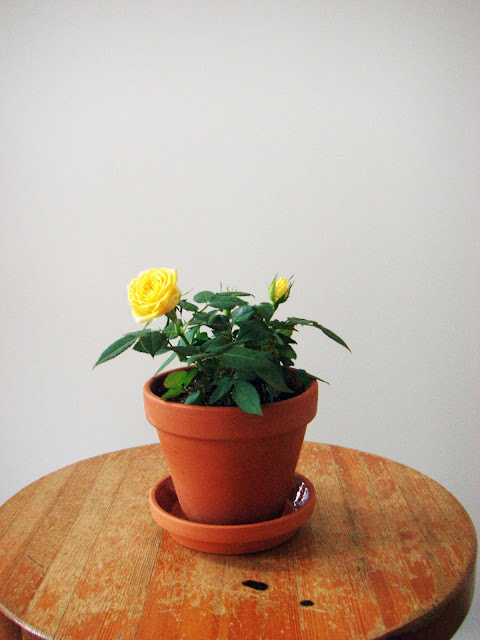in garden:
adenium obesum (desert rose)
cuphea hyssopifolia (false heather)
wrightia religiosa (water jasmine)
portulaca grandiflora (moss-rose)
caladium bicolor
caladium humboldtii
jatropha podagrica (bottle plant)
cyrtostachys renda (lipstick palm tree)
duranta erecta (pigeon berry)
aloe vera
bougainvillea
hibiscus
ixora coccinea (jungle geranium)
euphorbia milii (crown-of-thorns)
chrysanthemum
alternanthera ficoidea 'party time' (parrot leaf)
lantana camara (bush lantana)
heliconia densiflora (false bird-of-paradise)
plumeria (frangipani)
kalanchoe pinnata (life plant)
epipremnum aureum (devil's ivy)
catharanthus roseus (rose periwinkle)
ipomoea batatas (sweet potato)
arachis hypogaea (peanut)
wedelia/sphagneticola trilobata (creeping-oxeye; i used to call it daisy)
in orchard:
psidium guajava (guava)
citrus (lime)
durio (durian)
nephelium (rambutan)
syzygium samarangense (wax apple)
ananas comosus (pineapple)
mangifera (mango)
carica papaya (papaya)
musa (banana)
cocos (coconut palm)
adenium obesum (desert rose)
cuphea hyssopifolia (false heather)
wrightia religiosa (water jasmine)
portulaca grandiflora (moss-rose)
caladium bicolor
caladium humboldtii
jatropha podagrica (bottle plant)
cyrtostachys renda (lipstick palm tree)
duranta erecta (pigeon berry)
aloe vera
bougainvillea
hibiscus
ixora coccinea (jungle geranium)
euphorbia milii (crown-of-thorns)
chrysanthemum
alternanthera ficoidea 'party time' (parrot leaf)
lantana camara (bush lantana)
heliconia densiflora (false bird-of-paradise)
plumeria (frangipani)
kalanchoe pinnata (life plant)
epipremnum aureum (devil's ivy)
catharanthus roseus (rose periwinkle)
ipomoea batatas (sweet potato)
arachis hypogaea (peanut)
wedelia/sphagneticola trilobata (creeping-oxeye; i used to call it daisy)
in orchard:
psidium guajava (guava)
citrus (lime)
durio (durian)
nephelium (rambutan)
syzygium samarangense (wax apple)
ananas comosus (pineapple)
mangifera (mango)
carica papaya (papaya)
musa (banana)
cocos (coconut palm)







